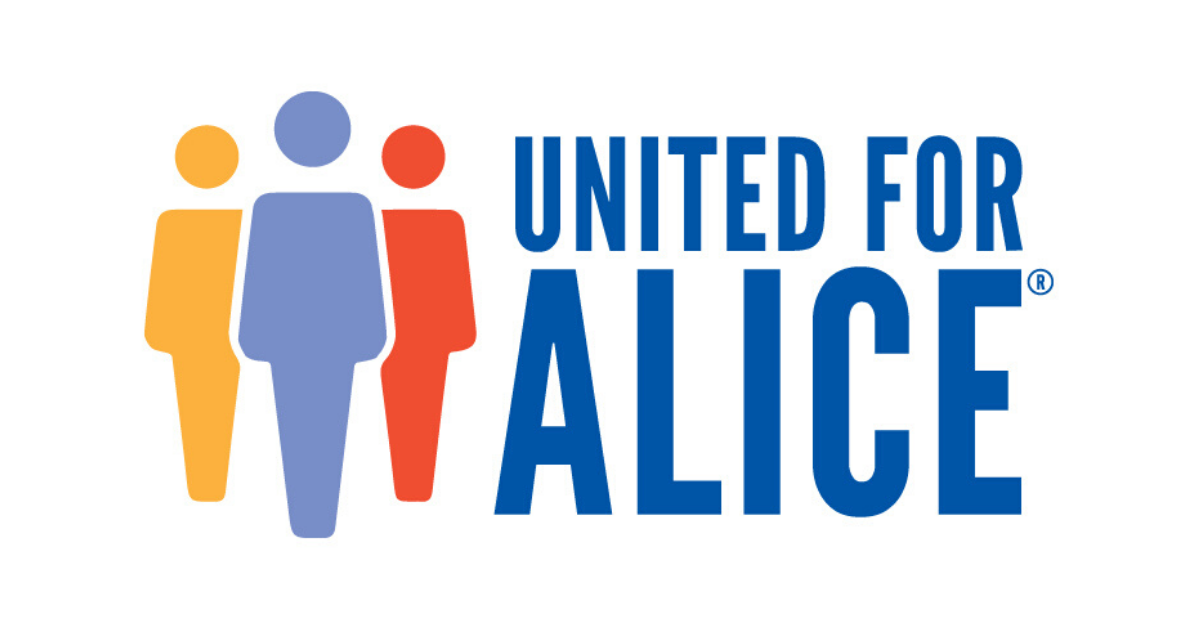By Janie Ginocchio
You might be thinking, “I only know one person named ALICE and she’s my 86-year-old great aunt.” That’s surely true, but what’s true, too, is that ALICE is your waitress at your favorite diner, the lovely people who help you get your groceries to your car, the people who tend to your little kiddos while you’re working, and many other people you encounter every day.
ALICE is an acronym that stands for Asset Limited, Income Constrained, Employed. The focus of the ALICE report is the number of working Americans who can’t make ends meet. These are our neighbors and friends who are making tough choices each day about “what to pay and what to forgo.” Should we fill the gas tank or the refrigerator? Should we pay for the dentist or the needed prescription? These choices have a ripple effect on all of us. The stress of making these choices day in and day out impacts job performance, school attendance, and health. And, the ALICE report data shows that “more than four in ten households in the United States [are] unable to stretch their income to meet their household needs… .”
We’ve been talking about how we define, measure, and talk about poverty for the last several months. We’ve explored the shortfalls in our definitions, the pitfalls in our measurements, and the downfalls of our usual conversations around poverty.
The ALICE report helps us avoid these shortfalls, pitfalls, and downfalls by giving us another way to measure and talk about poverty. The authors of ALICE report study the real costs of living (specific to each county in each state) and the real number of people who don’t earn enough to meet those costs after considering public and nonprofit assistance.
They do this by looking at these two measures:
- The Household Survival Budget, “an estimate of the total cost of household essentials – housing, child care, food, transportation, technology, and health care, plus taxes and a 10 percent contingency. It is calculated separately for each county, and for six different household types”, and
- The ALICE Threshold, which “represents the minimum income level necessary based on the Household Survival Budget. Households below the Threshold include both ALICE households and those living in poverty.”
And, what’s even better? They review and update their methodologies every two years. So, while the US poverty measure is stuck in the past and still only looks at the cost of food, the ALICE report is based on a “living” measure that changes with the economy and circumstances.
The ALICE report has been written for 18 states and the Arkansas-specific report was released on March 10. When you read it and study it, remember all of the questions we’ve been asking over the past few months. How we define poverty, how we measure poverty, and how we talk about poverty all matter because they all impact the policy choices we make to combat poverty.
Having a true poverty measure provides us with the data to implement policies that will truly make a difference in the lives of our neighbors (and possibly even our great-aunts).
Our next post in the poverty series will take an in-depth look at ALICE in Arkansas.
